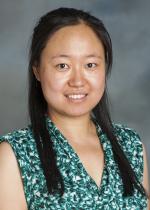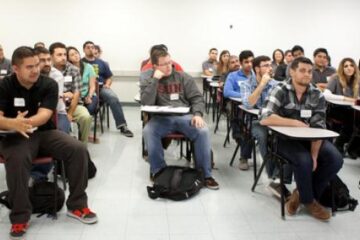 College research fellow turns her attention to improving breast cancer treatments
College research fellow turns her attention to improving breast cancer treatments
About one in eight—or 12%—of U.S. women will develop breast cancer during their lifetimes. But breast cancer isn’t just one disease, and there are different treatment options, depending on the diagnosis and whether or not the cancer is prone to metastasize.
Currently, the process of determining which patients will likely benefit from which therapeutic protocol has a very low accuracy rate, leaving plenty of room for improvement. That means a substantial number of patients either receive unnecessary treatment or do not get the effective therapies they need. Efforts are already under way to begin applying bioinformatics to a massive online patient database in order to improve the accuracy rate, but it requires processing the database via supercomputers running for several days—a prohibitively expensive proposition that so far hasn’t been deemed worth the expenditure of resources.
Ruting Jia, assistant professor of engineering and computer science and an expert in control systems, wants to help streamline that arduous task. And as the 2016-17 CECS college research fellow, she will be doing just that by carrying out a project titled “Improve Cancer Prediction Accuracy and Efficiency by Using Optimal Control Algorithm.”
Optimal control algorithms can be used to control rockets, cars, and airplanes in dynamic situations and environments and are well suited to bioinformatics. They deal with the problem of finding a control law for a given system such that a certain optimality criterion is achieved. Research Fellow.
“What we need to have is an optimal control algorithm before the computer science guys start to do a search algorithm,” she says. “Applying an optimal control algorithm on top of their search algorithm will help narrow the search space by filtering out irrelevant data. Because of that, they won’t need to reserve so many supercomputers, and it will reduce the calculation time exponentially. It will also be cost-effective and efficient and can increase the accuracy.”
Jia, who will work with two senior students on the project, is collaborating with a faculty member in computer science and bioinformatics at another institution who has done some related work to help tap into the patient database. She will apply some optimal coefficients and conditions before the calculation starts in an attempt to reduce the calculation time, save computational resources and improve accuracy.
“There are different algorithms, and I have some candidates in mind, but I have to see which one or combination will work better,” she says. “That’s what the research is about.”
Assuming she gets the good results she anticipates, she expects to produce some journal articles and conference papers with her collaborator. And in the long term, she plans to leverage the work to attract external funding from NSF and NIH in order to continue the project, which can not only benefit millions of women but serve as proof of concept for approaches to other confounding medical conditions.
A Message from the Dean
April 6, 2017CECS receives new HSI-STEM grant
April 6, 2017
Leave a reply Cancel reply
-
Commencement 2012
November 30, 2012 -
Northrop Grumman supports women in engineering and computer science
February 20, 2015 -
2016 Engineers’ Council College Awardees
April 6, 2017


